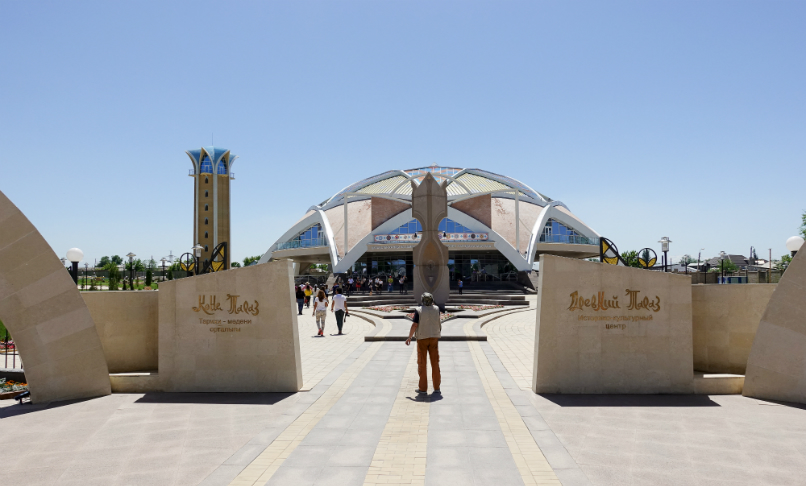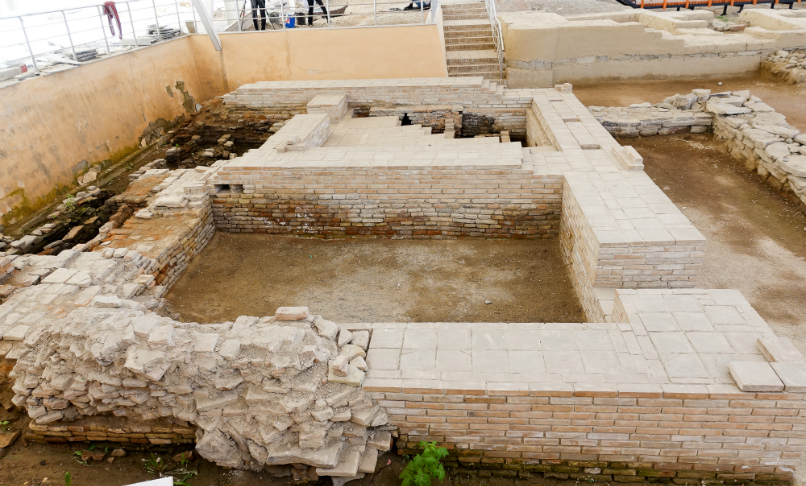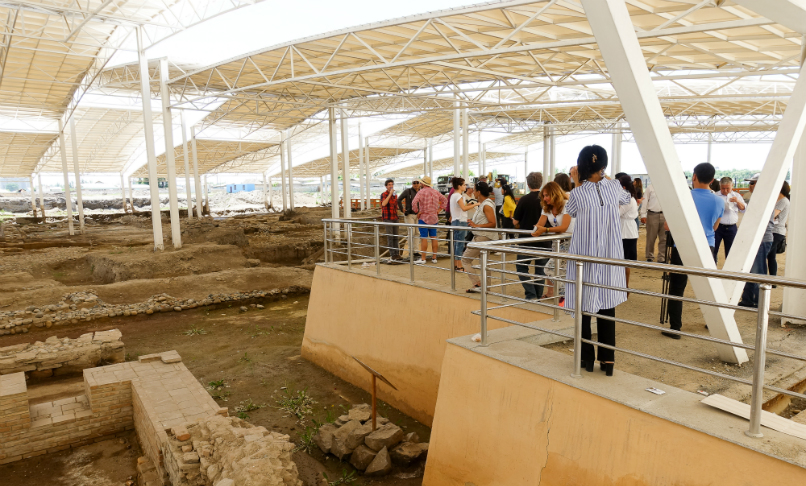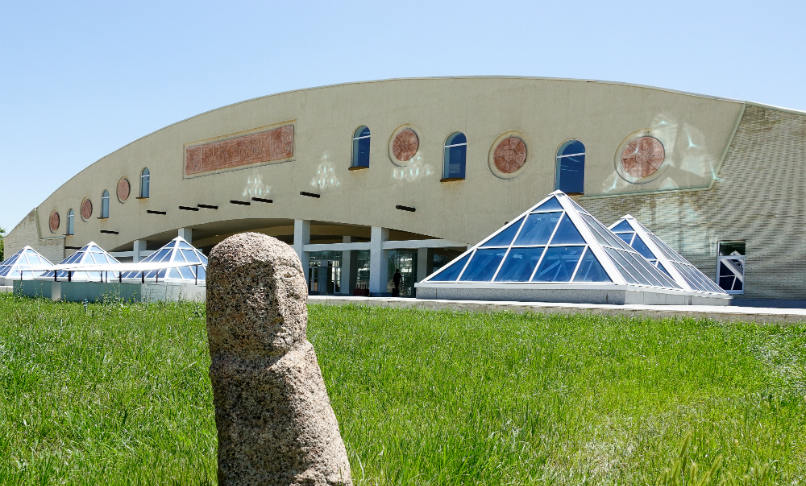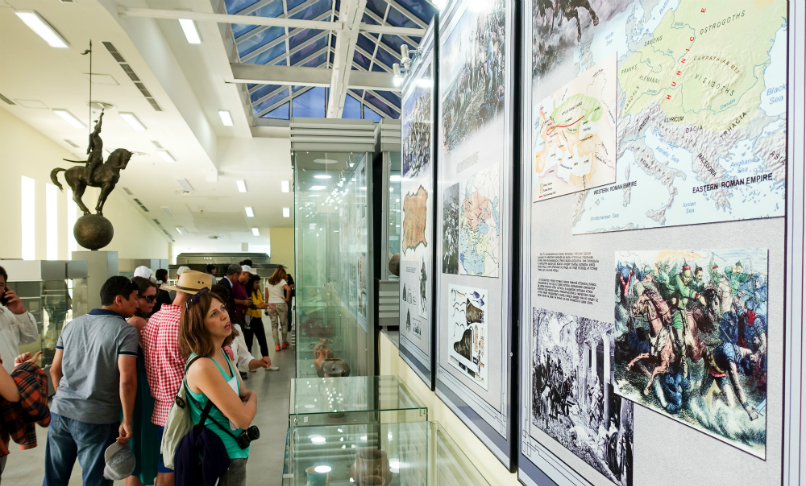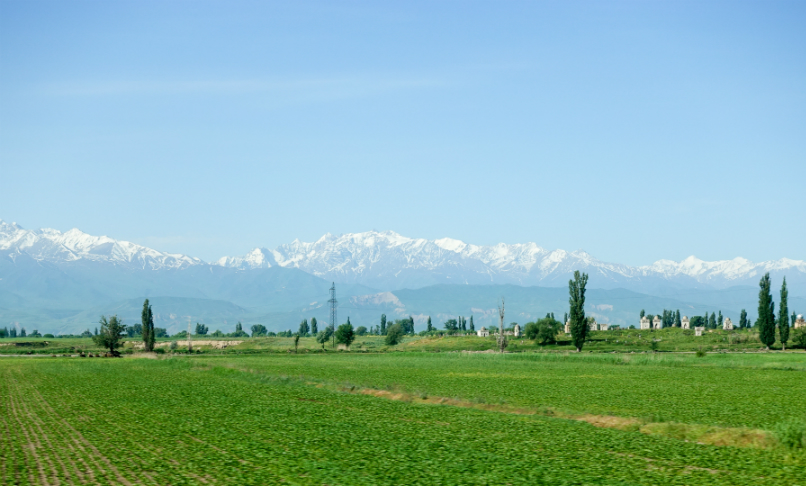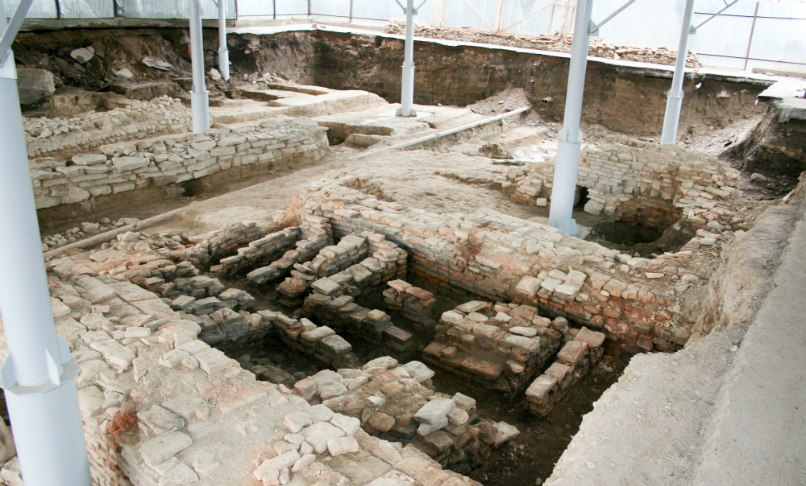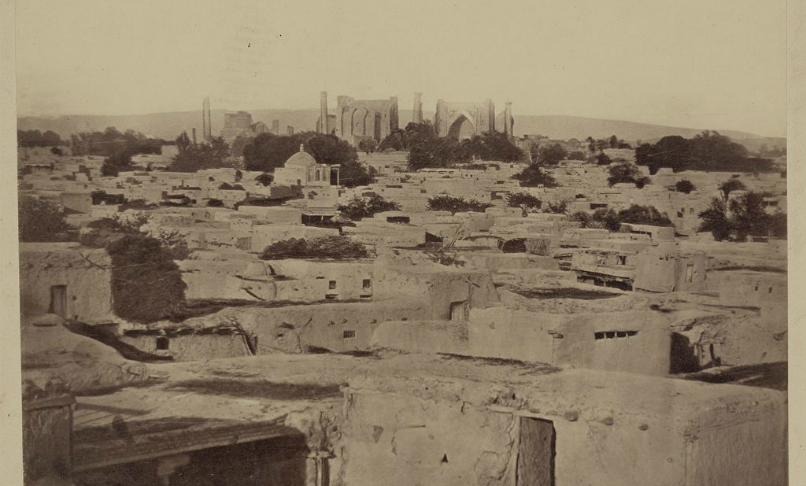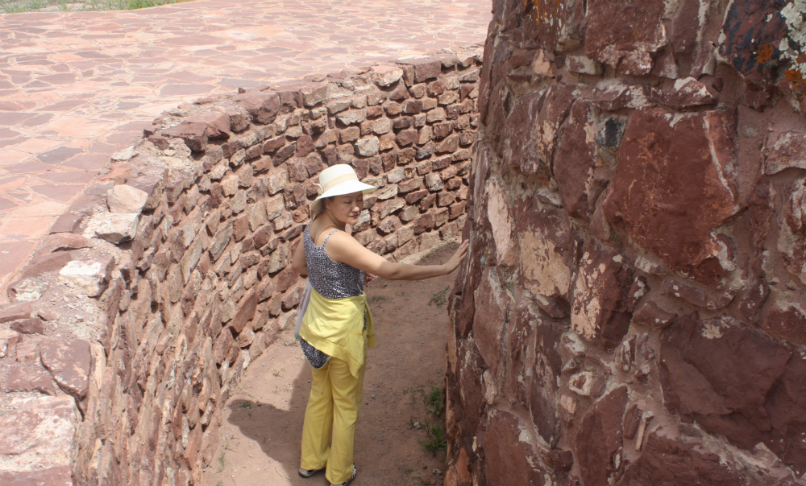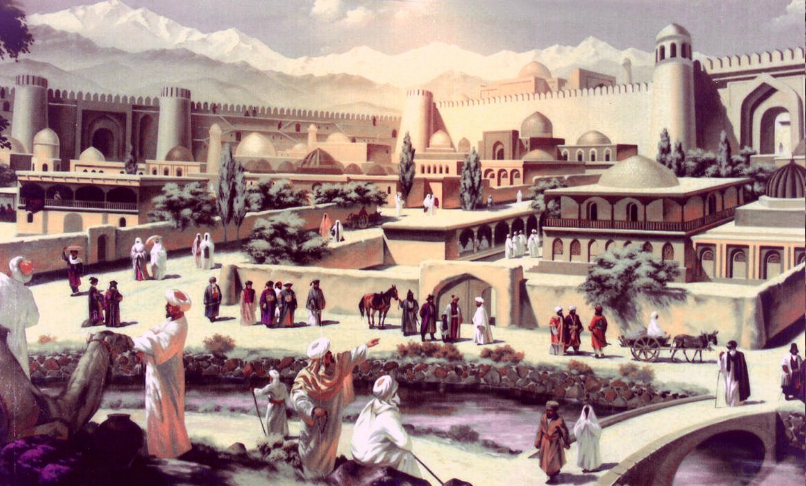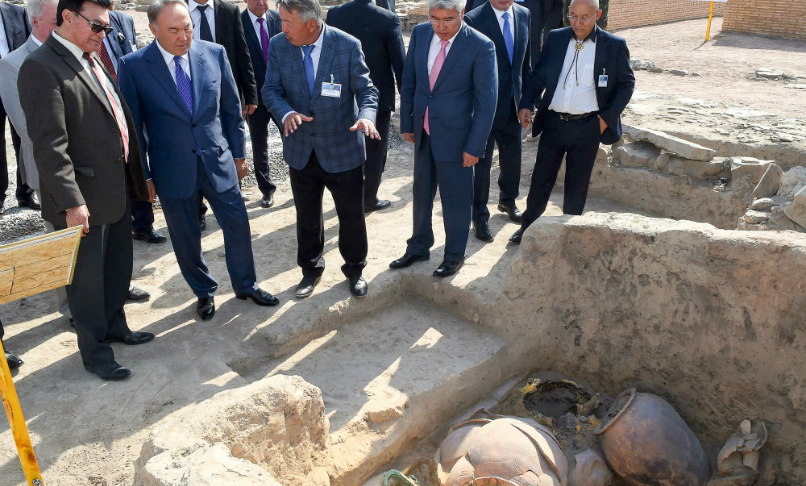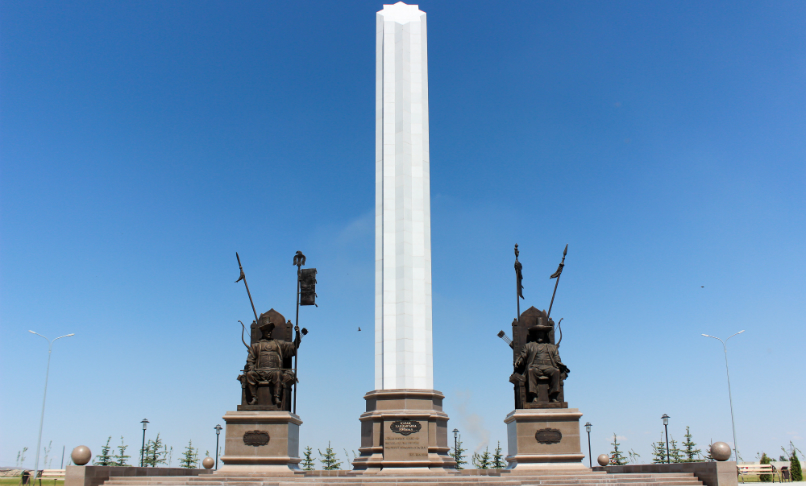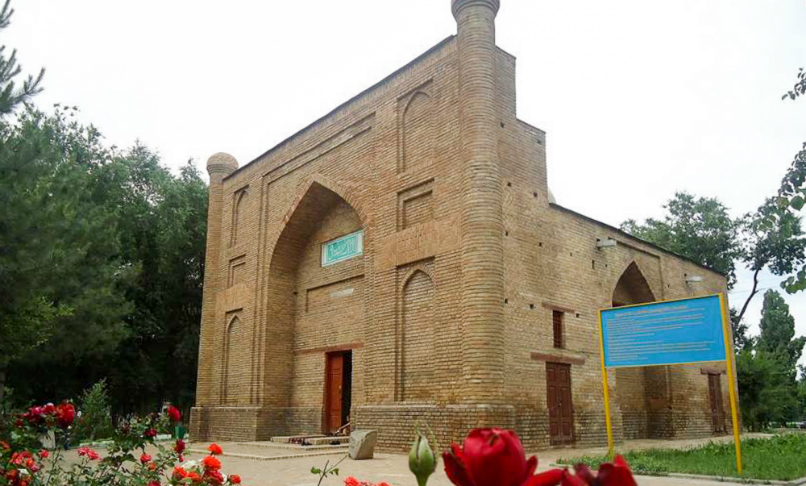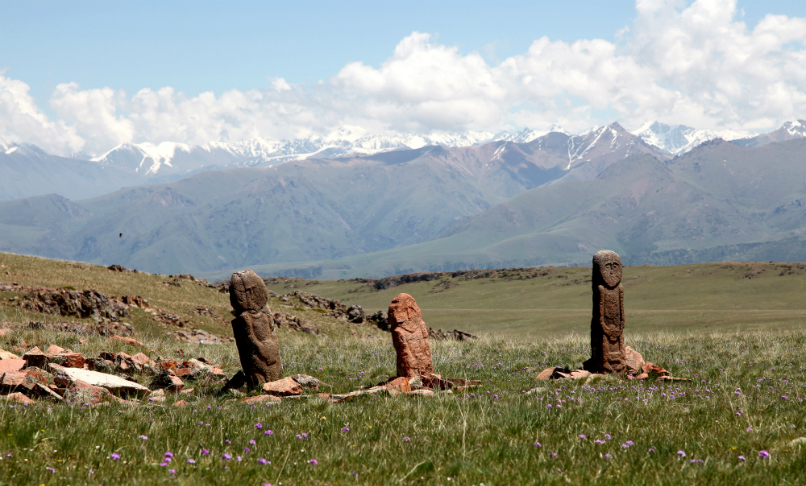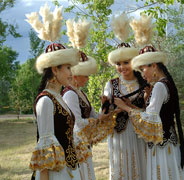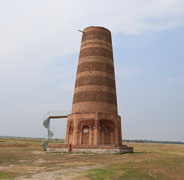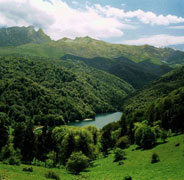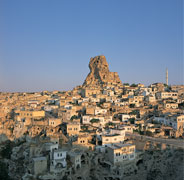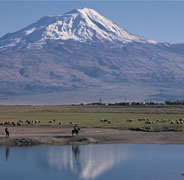Kone Taraz
Kone Taraz is an archaeological site and museum in Taraz, an ancient city in the south of Kazakhstan. It contains a number of architecturally significant buildings, including the the Mausoleum Karakhan. Believed to have been built in the 11th century, during the Karakhanid era, the beautiful mausoleum is a place of pilgrimage from people throughout Central Asia. It is built on the grave of one of the representatives of the Karakhanid Dynasty and is a significant example of medieval Islamic architecture. Presumably it was built in the 11th century.
Mausoleum Dauytbek Shamansur
The Mausoleum Dauytbek Shamansur was built over the grave of one of the Mongol governors Ulug Bilge-Ikbalhan Dauytbek. The short, domed construction is made of burnt brick and has two small towers at either side and doors inlaid with Arabic inscriptions. In the centre there is a tombstone in the form of a stepped pyramid, with an inscription bearing the date of Dauytbek’s death, around 1262. The mausoleum has been reconstructed several times and in 1982, was included in the list of historical and cultural monuments of national significance.

